Stay in the Loop
BSR publishes on a weekly schedule, with an email newsletter every Wednesday and Thursday morning. There’s no paywall, and subscribing is always free.
Environment + Art = A natural
Environmental art at the Schuylkill Center
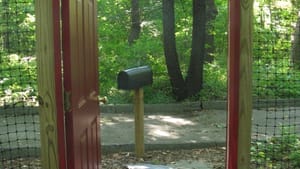
Artists have long worked en plein air, but at the Schuylkill Center for Environmental Education (SCEE) they don’t just set easels on riverbanks and wait for inspiration to strike. At the 340-acre property in Roxborough, artists are encouraged to fertilize creative sensibilities with science. At the Schuylkill Center, which this year celebrates its 50th anniversary, artists interact with their surroundings, making art of, as well as in, nature.
Environmental art, part of SCEE since 2000, broadens the center’s mission of land preservation and environmental education. Art provides a new lens through which to see nature and capture new viewers.
“Art and science speak different languages,” notes Christina Catanese, SCEE director of environmental art, explaining that the artist’s vocabulary may attract those not usually drawn to the outdoors, thus inspiring a wider appreciation of issues like habitat conservation and the loss of native species.
At SCEE, artists may confer with soil scientists or collaborate with schoolchildren on site-specific works. Regardless of how it is created or the length of time it’s on view, each work grows from an understanding of, and often incorporates materials and features from, the immediate environment. SCEE is the largest privately owned open-space parcel in Philadelphia and had been a family farm until 1965, when it became Schuylkill Valley Nature Center.
Free public exhibitions of varying length can be found indoors and out. Stacy Levy’s Rain Yard (2013), which occupies the courtyard of the Main Education Building, is one of very few permanent installations. It’s a colorful, splashy Rube Goldberg-like creation that illustrates storm water management.
The Schuylkill Center just completed the first year of LandLab, a residency in which seven visual artists spent months working alongside staff, becoming acquainted with forests, meadows, and ponds. The resulting installations offer imaginative and often beautiful solutions for environmental problems. On view for the long term, the works’ evolving appearance can be appreciated as their effectiveness is evaluated.
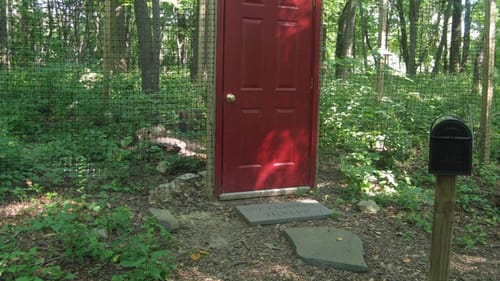
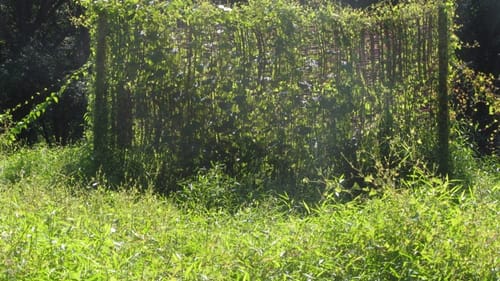
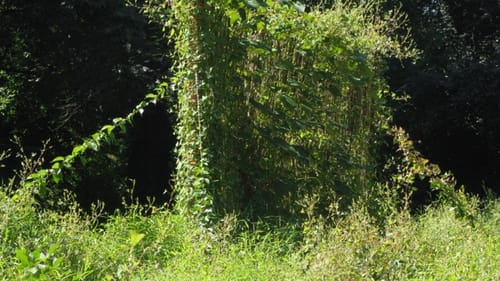
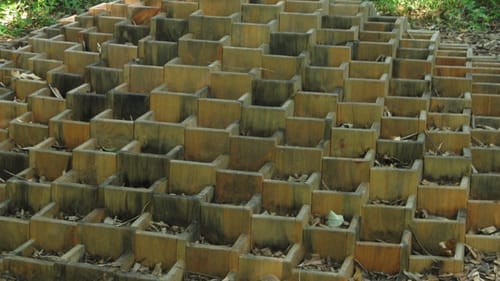
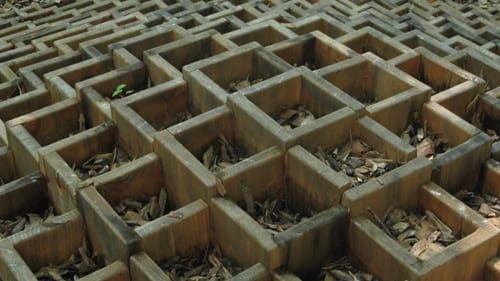
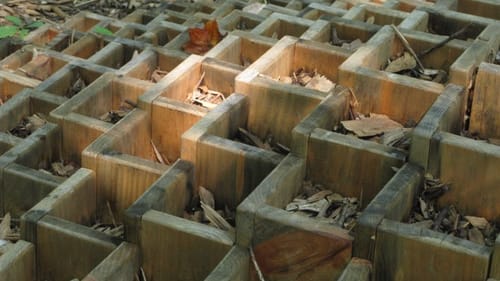
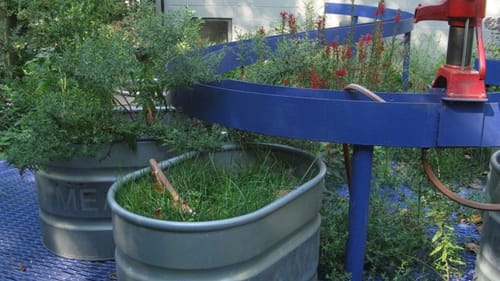
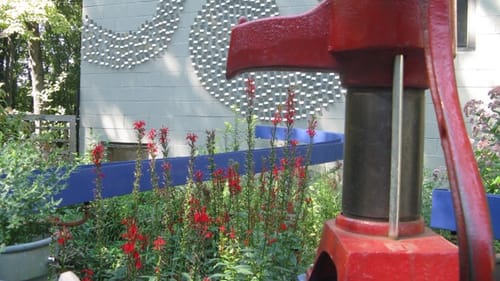
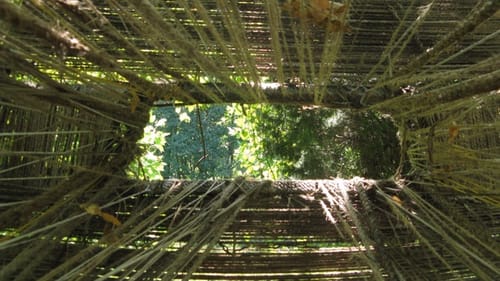
What, When, Where
Schuylkill Center for Environmental Education. 8480 Hagy’s Mill Road, Philadelphia. schuylkillcenter.org or 215-482-7300.
Gallery and Main Education Building: Monday-Saturday, 9am-4:30pm
Trails and Outdoor Exhibits: Sunday-Saturday, dawn to dusk
Sign up for our newsletter
All of the week's new articles, all in one place. Sign up for the free weekly BSR newsletters, and don't miss a conversation.
